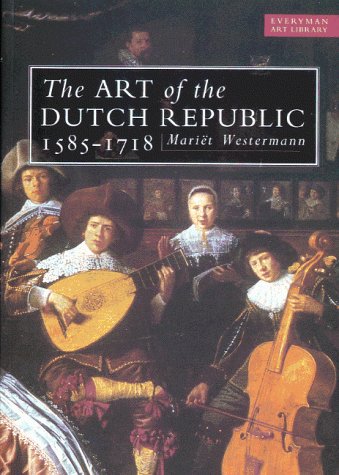More Than Average Funk
Jun. 19th, 2015 12:58 amAnother great hunk of funky Scottish soul from the AWB LP -
Average White Band - Got The Love
It was brilliantly used as background in the BtVS episode
Bewitched, Bothered & Bewildered.
Possibly one of the funniest episodes of the second series, “Bewitched, Bothered & Bewildered” takes a slight detour from the season’s story arc to present a story revolving around Xander. Reeling from the breakup of his secretive relationship with Cordelia, Xander seeks out Amy the witch to cast a love spell. As would be expected, there are disastrous results. The love spell works on everyone but Cordelia. The Average White Band’s “Got the Love” plays during the slow motion entrance of Xander at the onset of the spell’s effects, turning the awkward second fiddle into the object of every girl’s affections. And there’s Sarah Michelle Gellar in a really skimpy bathrobe. That’s all I’m sayin’.
Average White Band - Got The Love
It was brilliantly used as background in the BtVS episode
Bewitched, Bothered & Bewildered.
Possibly one of the funniest episodes of the second series, “Bewitched, Bothered & Bewildered” takes a slight detour from the season’s story arc to present a story revolving around Xander. Reeling from the breakup of his secretive relationship with Cordelia, Xander seeks out Amy the witch to cast a love spell. As would be expected, there are disastrous results. The love spell works on everyone but Cordelia. The Average White Band’s “Got the Love” plays during the slow motion entrance of Xander at the onset of the spell’s effects, turning the awkward second fiddle into the object of every girl’s affections. And there’s Sarah Michelle Gellar in a really skimpy bathrobe. That’s all I’m sayin’.


